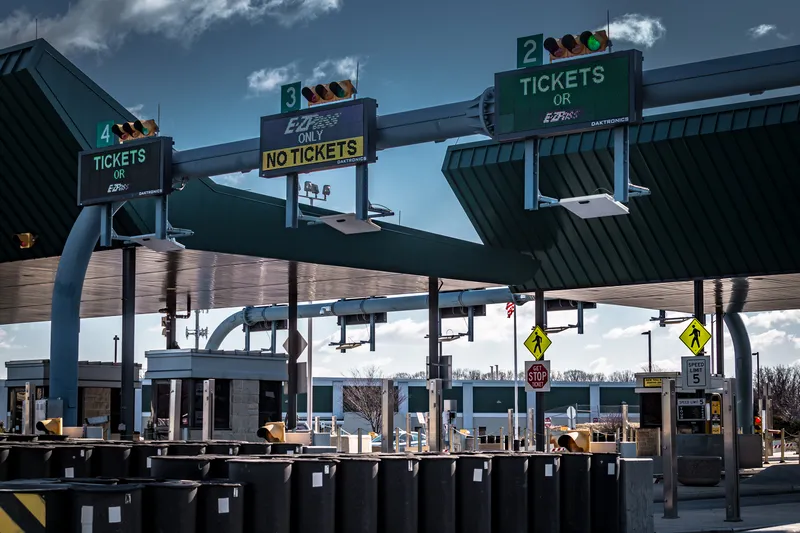Sanef Group has announced the financial close of the Mersey Gateway project in the UK, after Halton Borough Council signed agreements with the Merseylink consortium for the construction and the maintenance of the new bridge and its associated toll system, as well as for the toll operation and demand management.
April 28, 2014
Read time: 2 mins
According to Sanef, the overall contract is the largest public-private partnership (PPP) project in the UK this year (US$1 billion for the bridge construction) and the First PPP project in Europe to incorporate a free-flow Toll system. It includes the supply of a new six lane bridge 1.5 kilometres away from the existing congested Silver Jubilee Bridge and the associated Toll collection system as a means of financing the infrastructure.
Sanef ITS will supply its latest all electronic tolling solution for the Mersey Gateway and Silver Jubilee Bridges, including a full free flow gantry reading on board units and licence plates. The back office system, also supplied by Sanef ITS, will manage the registration and transactions for the two bridges and will be operated by Sanef ITS for seven years. Working to the tolling policy set by the client, Halton Council, as part of the demand management contract, Sanef ITS will manage marketing, promotion and revenue optimisation of the project.
The Merseylink consortium’s equity partners are
The Mersey Gateway bridge is due open in 2017.
“After winning the Dartford Free Flow Crossing project in autumn 2013, the Sanef group further consolidates its leadership in the UK by offering a full service for tolling matters incorporating the Toll system supply, its related operation and further customer centric Toll services. This exclusive and integrated service addresses the need of large integrators and investors who can leave all tolling matters to one expert partner.” says Sanef ITS CEO, Jerome Couzineau.









